Even though soil is not a living organism itself, most of earth’s life cycles and living things depend on it. Plants use it as a source of water, air and nutrients, and it provides a habitat for millions of species of microorganisms.
Soil itself is not living, but it does provide a habitat for many living organisms. This includes insects & worms, & microorganisms such as bacteria, fungi, & algae. These microorganisms play a vital role in the earth’s ecological cycles.
Each teaspoon of soil contains billions of these microorganisms, and this article explains why they are so important.
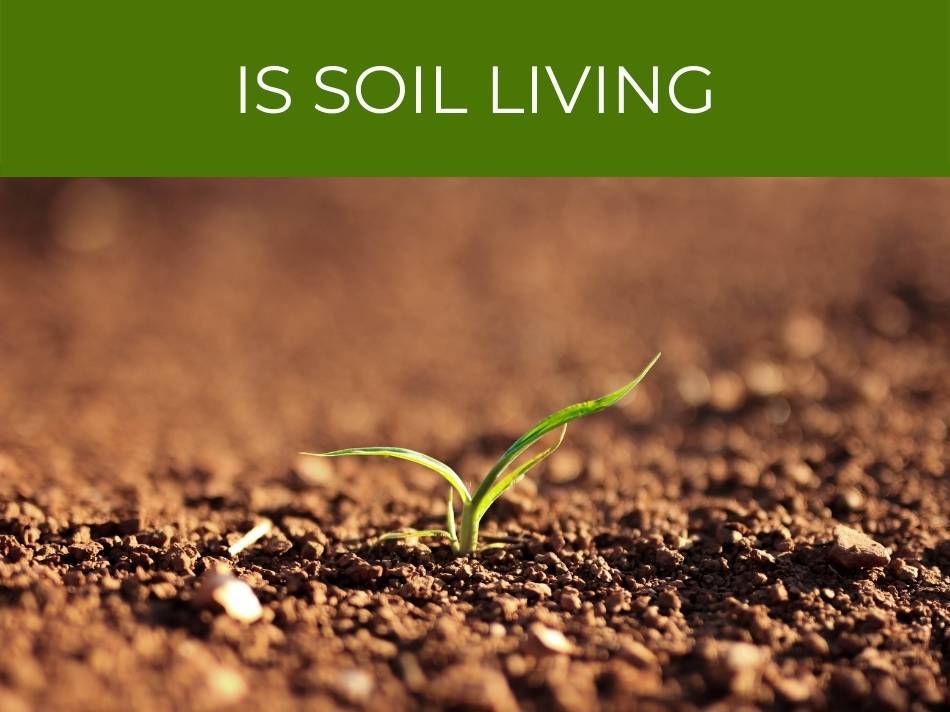
Is soil living
Soil itself is made up of minerals, gases, liquids, and dead organic matter from animals and plants.
See the complete guide on how to make compost.
Soil is not living, but it does provide a habitat for many living creatures.
Insects and worms live in the soil, as well as microorganisms like bacteria, fungi and algae.
Soil itself is not living. It is made up of minerals, dead organic matter, liquid & gases. But soil does provide a home for living organisms. The high nutrient content, water, warmth & protection of soil creates an ideal habitat for many insects, worms, bacteria, fungi & other microorganisms.
Soil makes a good habitat for living organisms as there are lots of nutrients and water, and the soil is warm and protected.
See what type of soil is in the tropical rainforest.
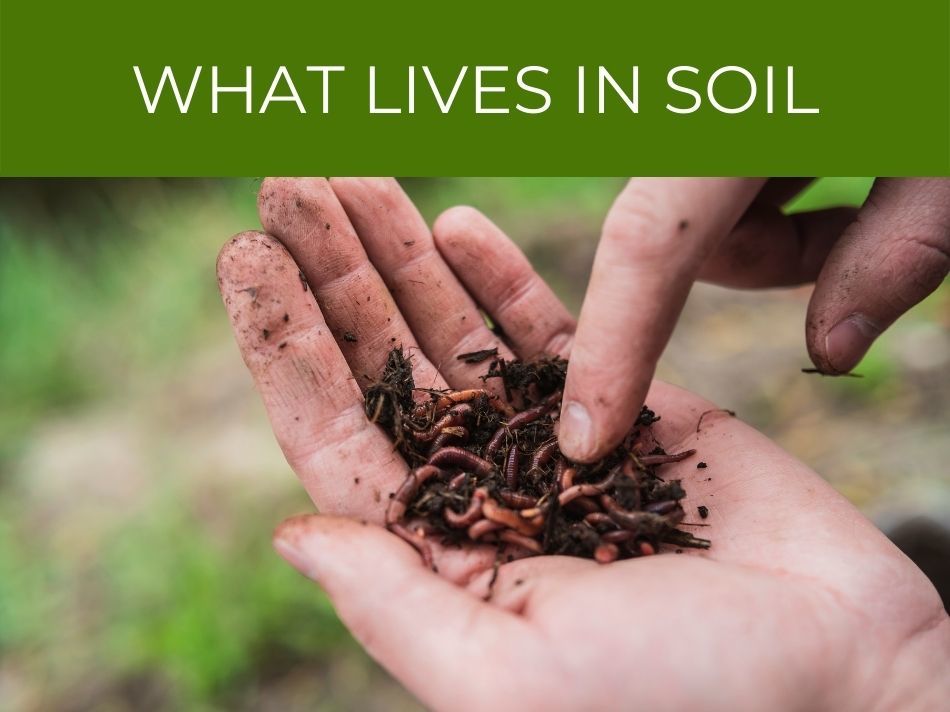
What lives in soil
Dig into the soil, and you may find lots of insects crawling around.
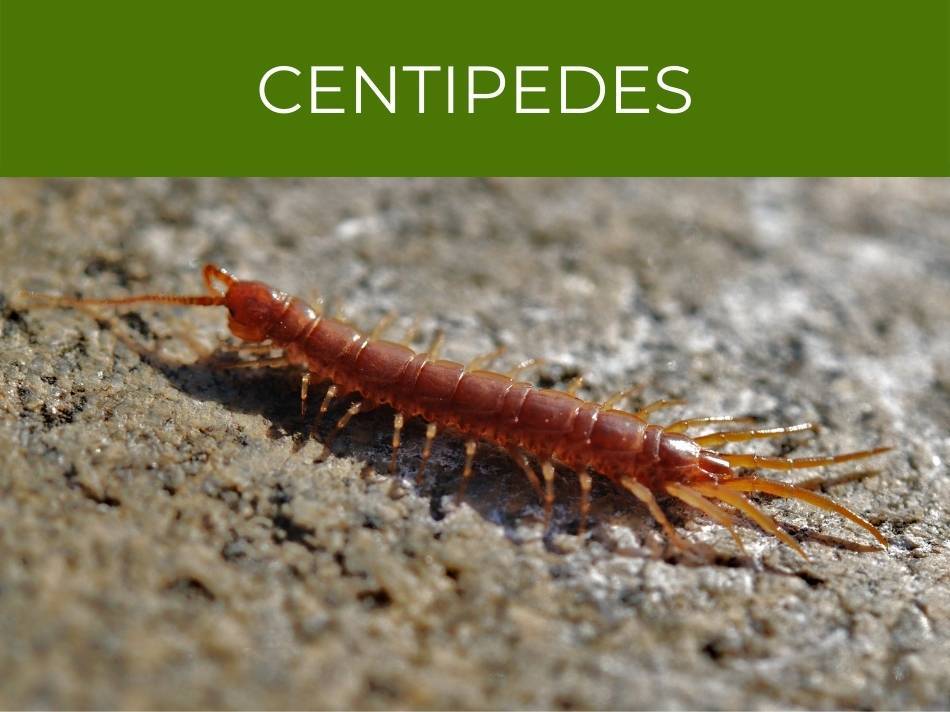
Centipedes, millipedes, woodlice, earwigs, crickets, cockroaches and ants all like to live in soil.
Some of these insects are pests, and can cause damage and disease to plants.
Earthworms are not insects, but also like to live in the soil.
Earthworms are very good for soil because they tunnel through it, making lots of air pockets.
Earthworms also break down organic matter into nutrients that can be absorbed by plants, and increase the amount of microorganisms in the soil.
Soil is home to many insects including centipedes &millipedes, woodlice, earwigs, crickets, cockroaches and ants, as well as earthworms. There are also billions of bacteria living in every teaspoon of soil, alongside other microorganisms like fungi and algae.
Some of the living matter in soil is beneficial to plant life, but some are pests and cause damage and disease.
Soil also contains millions of species of microorganisms like bacteria, fungi and algae.
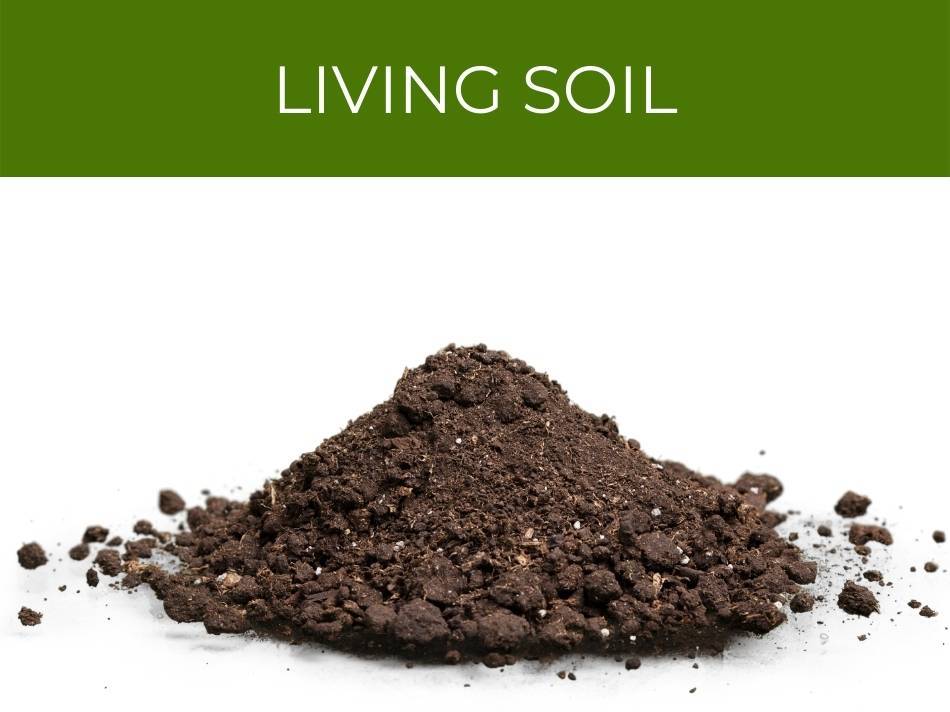
Living soil
Living soil is a method of growing where, instead of adding artificial fertilizers, the nutrient content and water holding capacity of soil is improved by focusing on creating a healthy mix of microorganisms.
This process is part of the global nitrogen and carbon cycle.
Living soil is a method of growing that focuses on creating a healthy mix of microorganisms to provide nutrients to plants, instead of adding them artificially to soil. Microorganisms play a vital role in many ecological cycles, such as the bacteria that ‘fix’ nitrogen and carbon from the air.
Many microorganisms have a symbiotic relationship with plants, which means that they both benefit each other.
Plants leach out nutrients which the microorganisms feed on, and the microorganisms stick to plant roots and help them absorb water and nutrients faster.
See the best soil to use for indoor herbs.
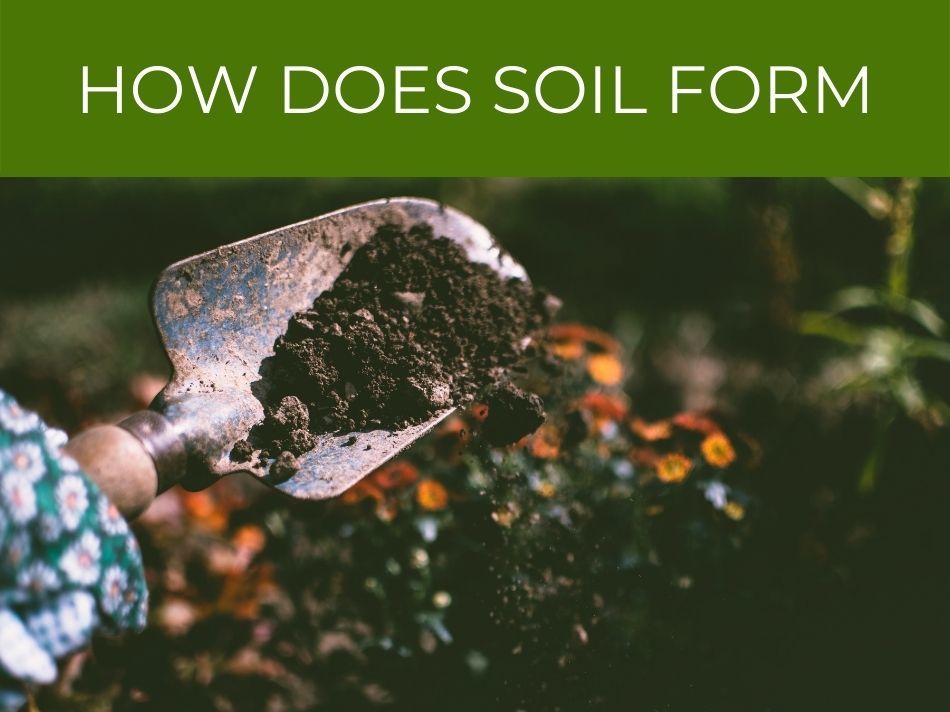
How does soil form
First, mineral material is added from larger rocks which break down over time.
Animals, plants and microorganisms then begin to live in and on the soil, and add material when they produce waste and when they die.
Soil is made from minerals, and is formed when larger rocks break down. Living organisms, including both plants & organisms, change the soil as they live, produce waste & die. Over a longer time period, soil is also affected by the climate & geography, as water & nutrients collect or drain away.
Over time, the soil is affected by loss of material from erosion or being washed away.
Translocation happens when material in the soil moves from one layer to another, for example, when salts are dissolved into water that runs into deeper layers, or when animals burrow.
Transformations affect soil when material changes, for example when leaves break down and decompose or when soil gets compacted.
Soil formation is affected by the materials that the soil was first made from, the climate, and the geography of the location it is in.
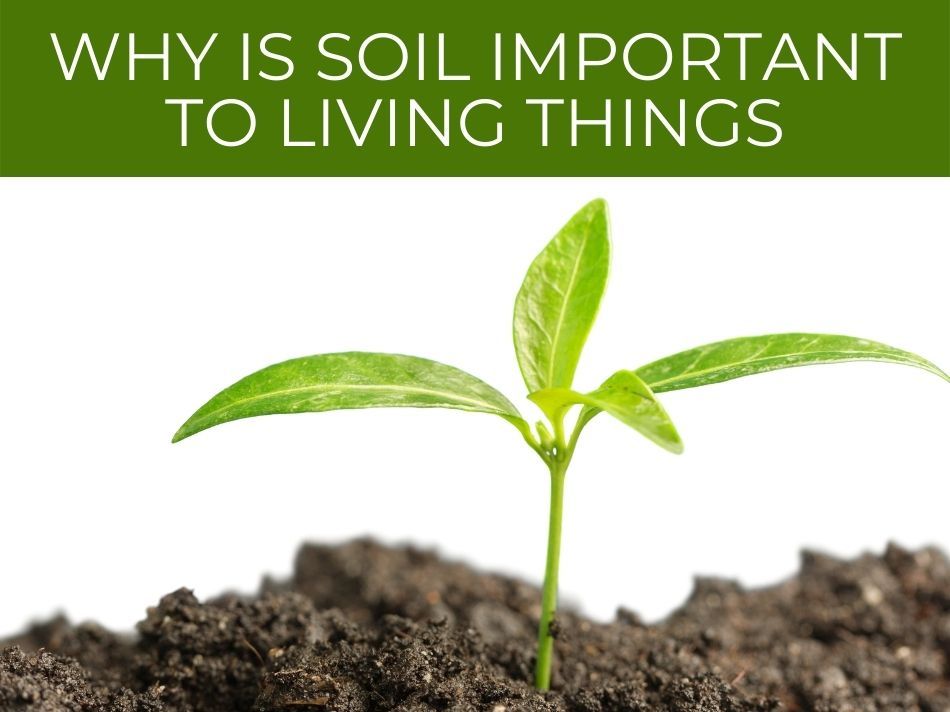
Why is soil important to living things
For plants, soil is a source of water and carbon dioxide, which are needed for photosynthesis, oxygen, which is needed for respiration, and nutrients, which are needed for growth.
Check out this article for an in-depth look at photosynthesis.
Plants also grow their roots in soil, to anchor themselves against the wind as they grow taller.
Soil is important to plants as it is a source of water, carbon dioxide, oxygen & nutrients. Plants also use soil to anchor themselves with their root system. Soil is an important part of ecological cycles such as the water, nitrogen & carbon cycle, which many living things on earth depend on.
Soil is also an important part of cycles, such as the water cycle, the nitrogen cycle and the carbon cycle.
Soil acts as a store, and also homes microorganisms which convert materials in some steps of these cycles.
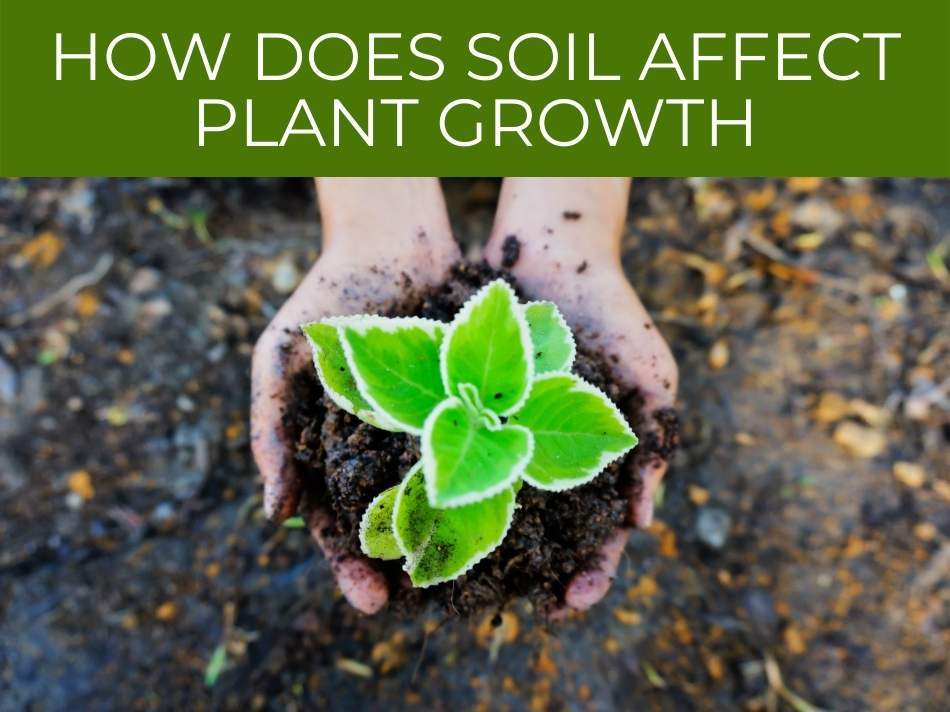
How does soil affect plant growth
Plants get their nutrients from water in the soil.
The three main nutrients that plants need for growth are nitrogen, potassium and phosphorus.
The water in the soil is full of dissolved nutrients, which plants absorb through their roots, & affect how they grow. Plants need 3 main elements: nitrogen, potassium and phosphorus. They also need calcium, magnesium & sulfur, & smaller amounts of trace elements.
Plants also need calcium, magnesium and sulfur, and smaller amounts of trace elements.
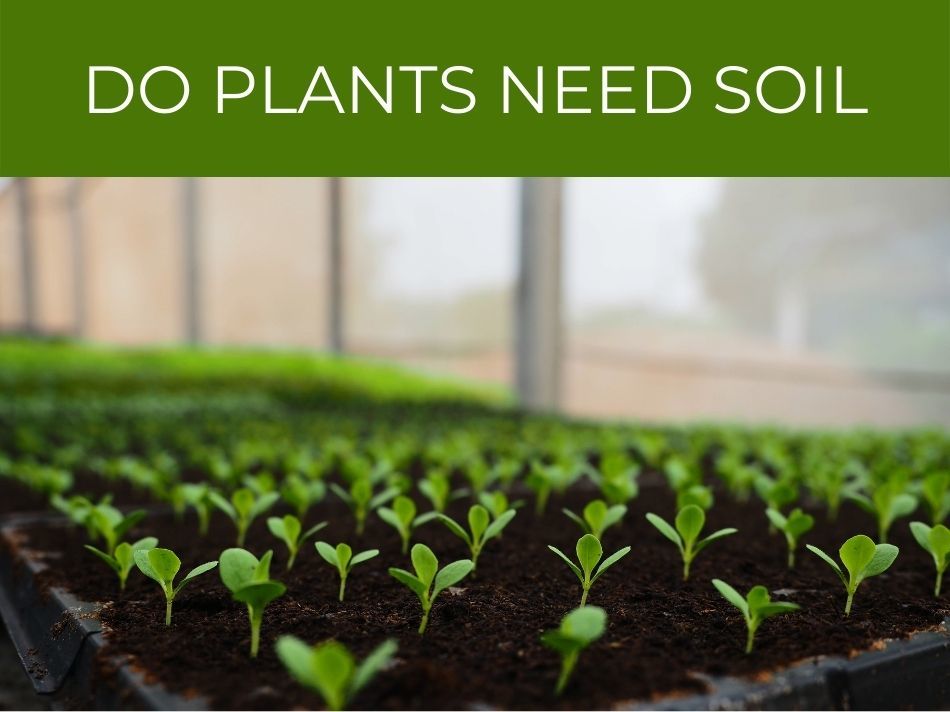
Do plants need soil
Plants do not need soil to grow if they can get their water, carbon dioxide, oxygen and nutrients from another source.
Although soil is an important source of water, air & nutrients, if plants can get these from another source, they do not need soil. Hydroponics is an artificial growing method, where air & nutrients are dissolved into water, & plants are grown directly with no soil.
Hydroponics is an artificial way of growing plants directly in water.
Check out the full guide on hydroponics versus soil.
Air and nutrients are dissolved in flowing water, and the roots grow straight into it.
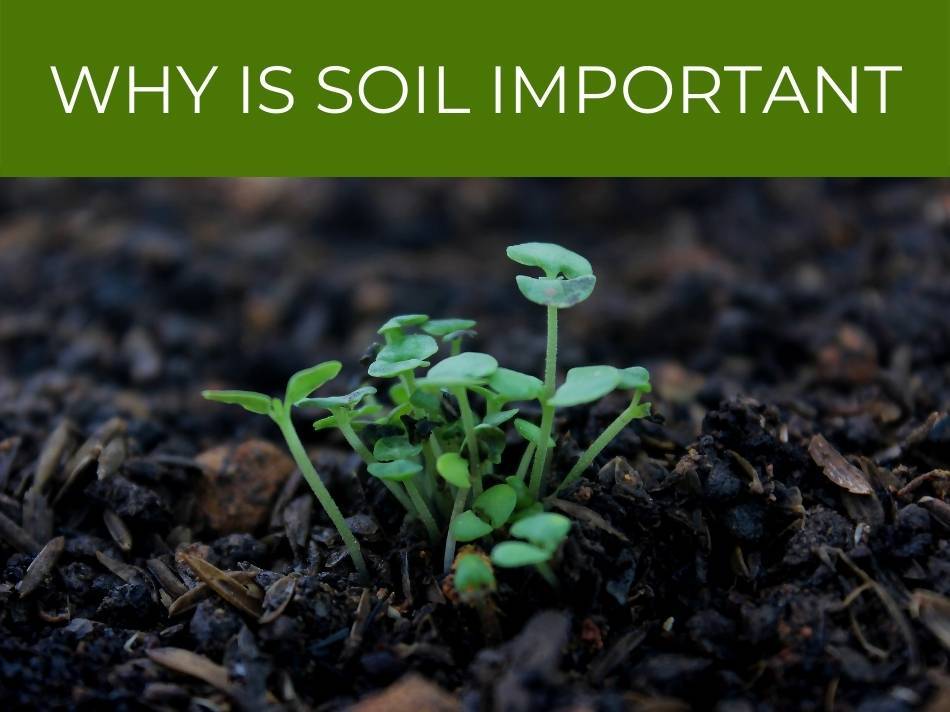
Why is soil important
Soil is important for many natural processes on earth.
Soil acts as a medium for plants to grow, stores and filters water, and creates a habitat for microorganisms.
Soil enables plants to grow, store & purify water, & helps to keep the gases in the earth’s atmosphere stable. Soil also provides a home for many microorganisms that play a role in plant health & growth, & in larger ecological cycles.
Soil microorganisms play a part in the nitrogen and carbon cycles, ‘fixing’ gases in the air into materials that can be stored in soil and used by plants.
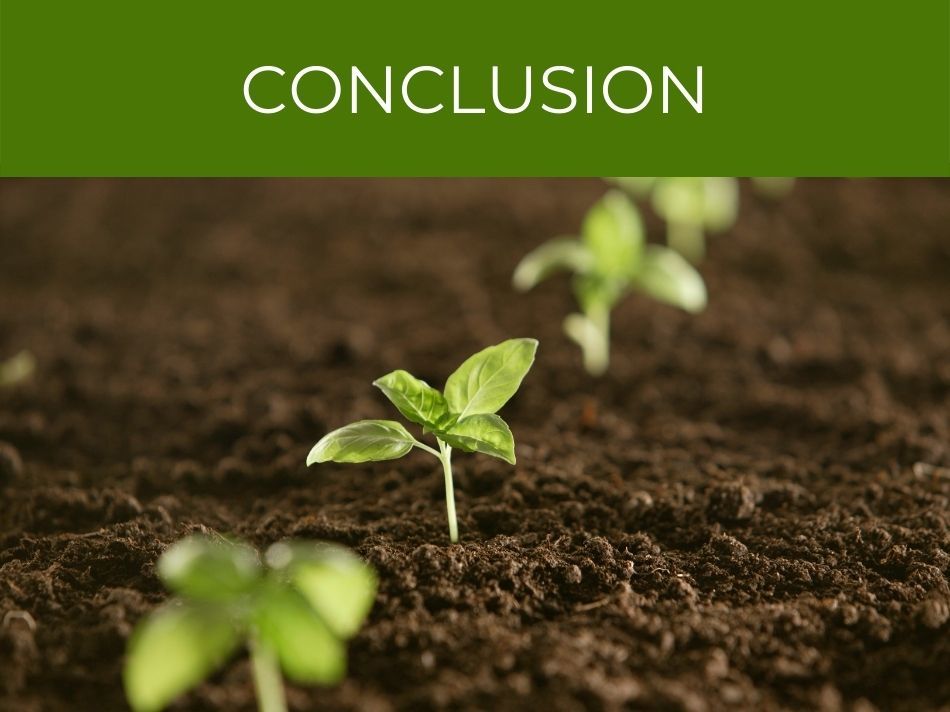
Conclusion
Without soil, life on earth could not exist.
Soil is a habitat not only for plants, but also microorganisms that play a critical role in the earth’s ecological cycles.

